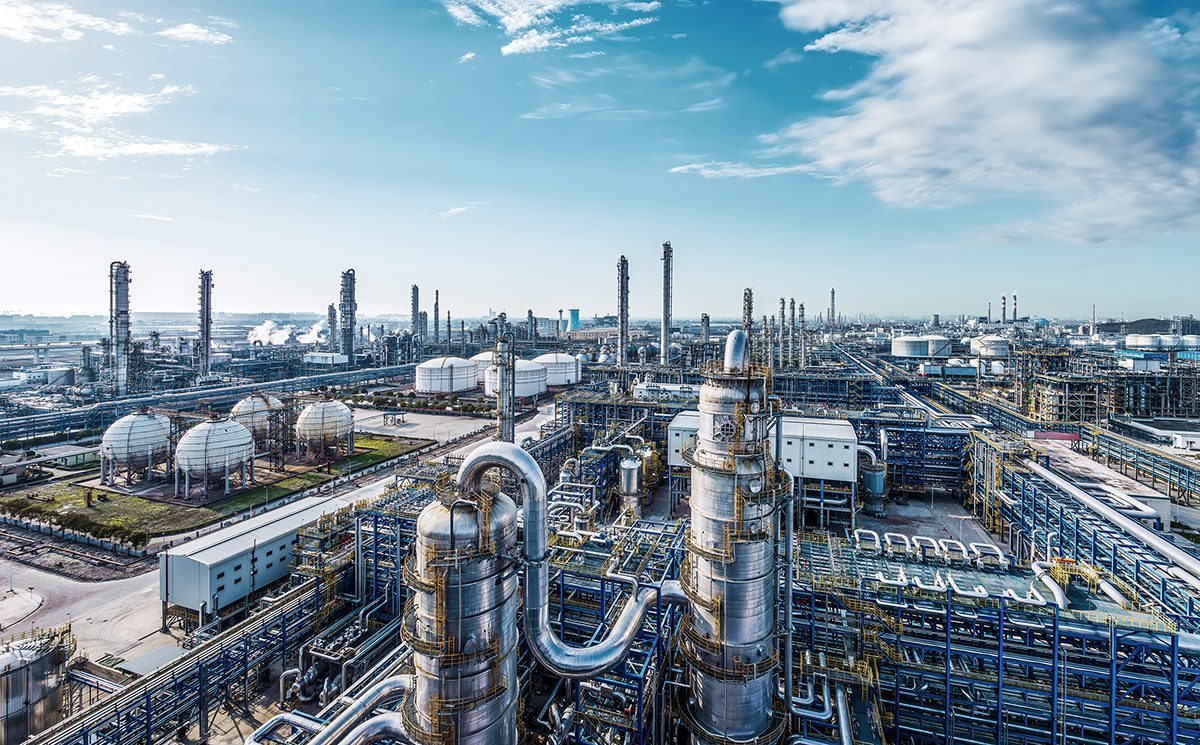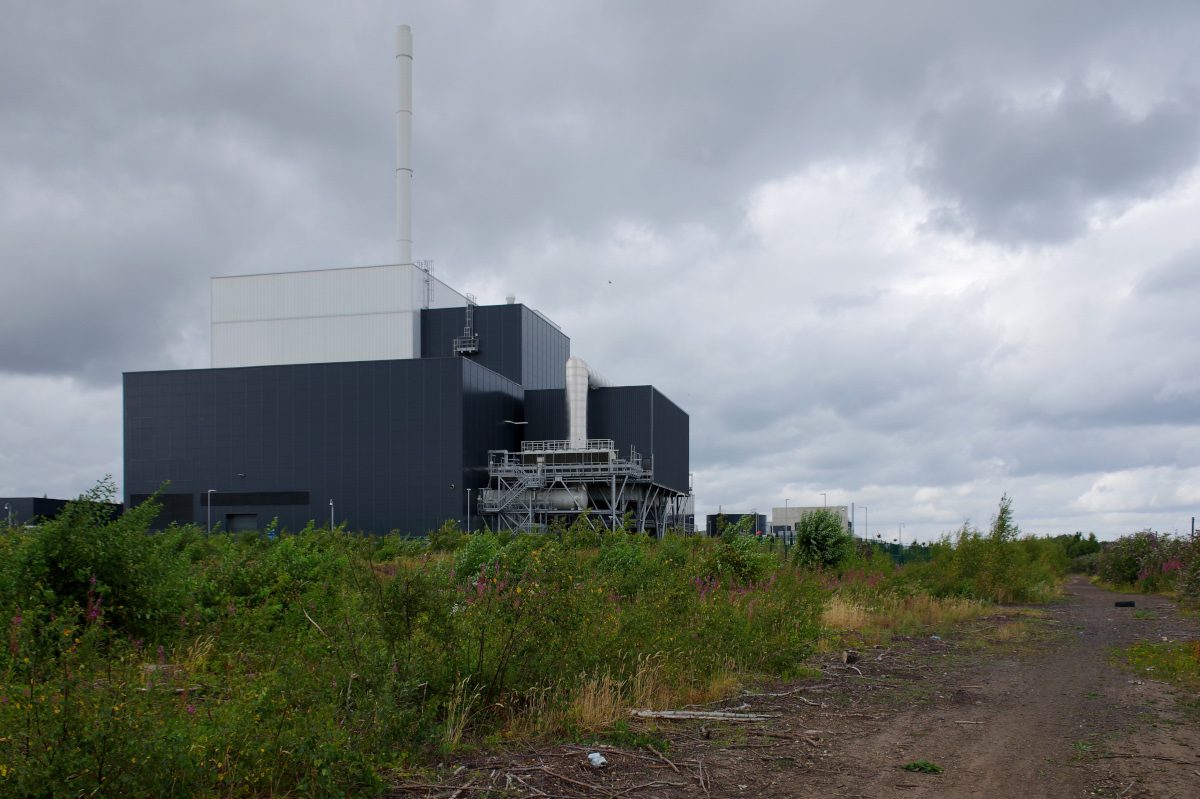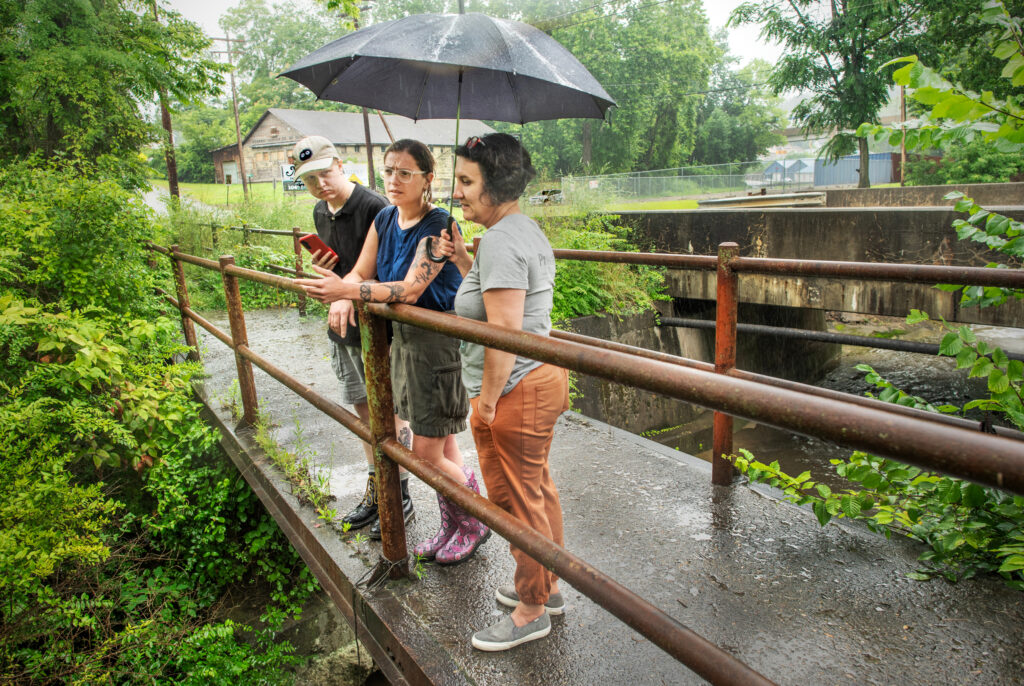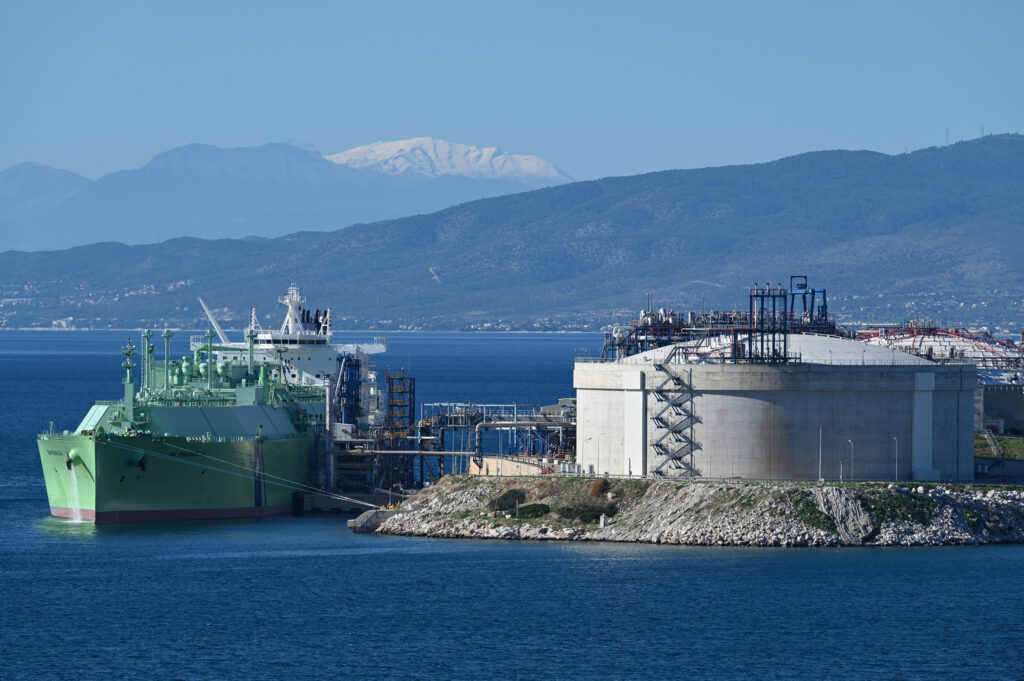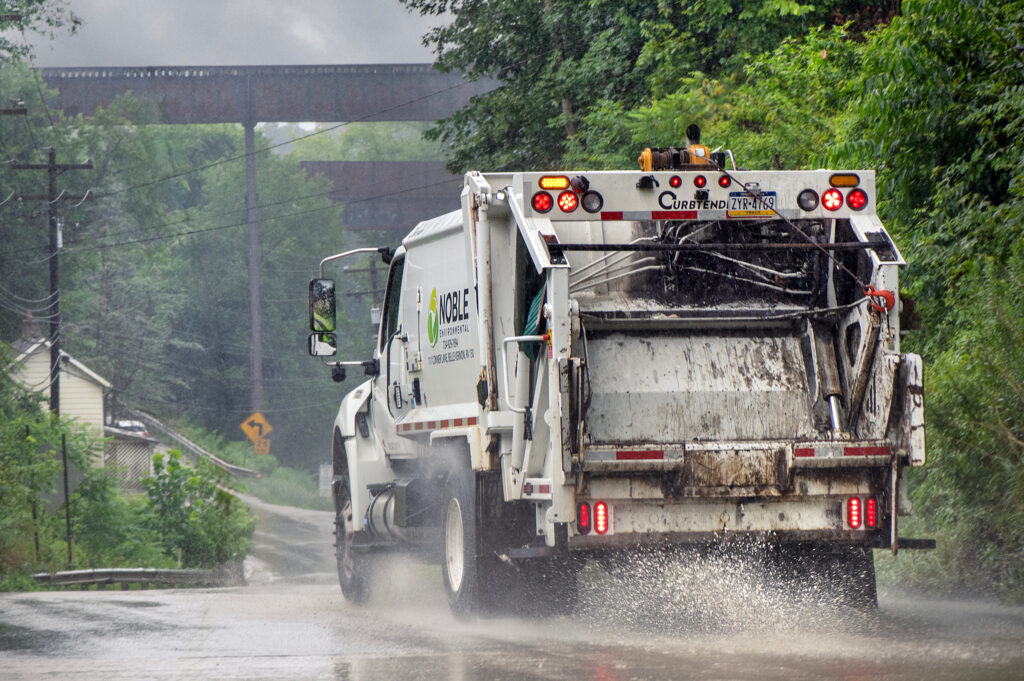Demand for copper is expected to spike with advances in the global energy transition, but the industry could face a 3.6 million metric tons (Mt) shortfall in refined copper by 2035, according to a new report from consultancy firm McKinsey. Increasing circularity in copper recycling will be essential for both supply security and emissions reduction, says the document.
Despite scrap’s growing importance in the copper value chain, 40% of copper postconsumer scrap remains uncollected or informally processed, representing an estimated 7.8 Mt of lost material by 2035, says Chasing the Lost Copper: Global Scrap and its Role in Decarbonization.
However, about half of this uncollected scrap, 4-5 Mt, is collectible and could provide a crucial supply source to help address shortages while lowering emissions, according to the report Chasing the Lost Copper: Global Scrap and its Role in Decarbonization. Yet, as the report highlights, realizing this potential will require investment in collection and smelting infrastructure, regulatory support and stronger cross-industry collaboration.
Today, the total refined copper supply only contains about 20% postconsumer scrap. McKinsey projects this share is expected to increase to 25% by 2035. However, current collection and processing limitations prevent the industry from integrating more of the copper scrap arising each year.
The report finds that recycling presents one of the most effective pathways to decarbonization, given that postconsumer scrap is a low-carbon feedstock. This is because two-thirds of total copper emissions originate in the mine site during primary copper production. Copper postconsumer scrap bypasses these most energy-intensive stages of production as it has already been extracted and processed. By scaling copper recycling, the industry could significantly reduce emissions while simultaneously strengthening long-term supply stability.
Peter Spiller, Partner, McKinsey, says: “Copper is essential for the energy transition, yet supply constraints and factors including supply constraints threaten to slow progress and uptick market uncertainty. As the industry looks to scale circularity, expanding formal collection networks, investing in secondary smelting capacity and securing long-term scrap supply agreements will be critical. Capturing lost copper through improved recycling processes is not just an environmental imperative – it’s an economic opportunity for the industry.”
With global demand for refined copper projected to grow from 29.5 Mt in 2025 to 37.3 Mt by 2035, the race is on for players across the value chain – copper producers, OEMs, refiners and policymakers – to build sustainable circular supply chains and secure long-term access to secondary copper sources. Industry leaders who invest in circularity today will be best positioned for the future.
This research is part of McKinsey’s series on advancing material circularity in glass, plastics and copper. For more insights and to access the full report, visit here.




